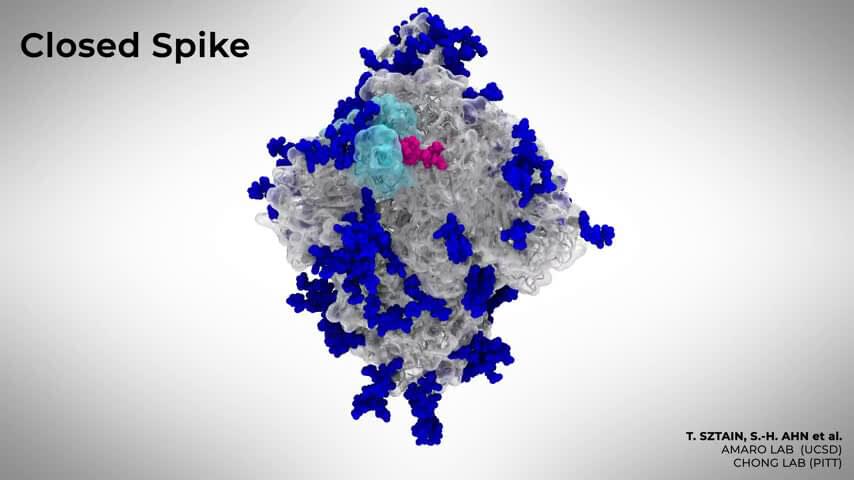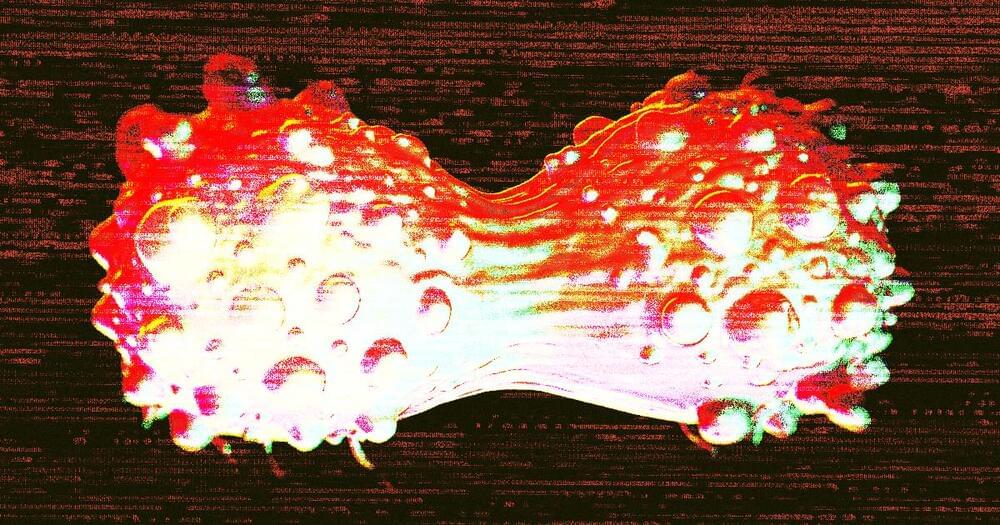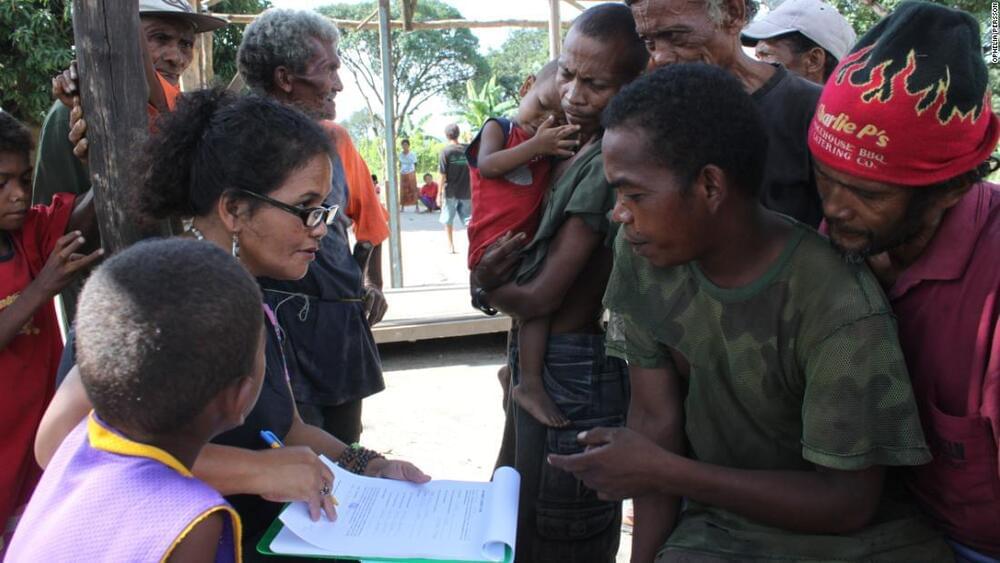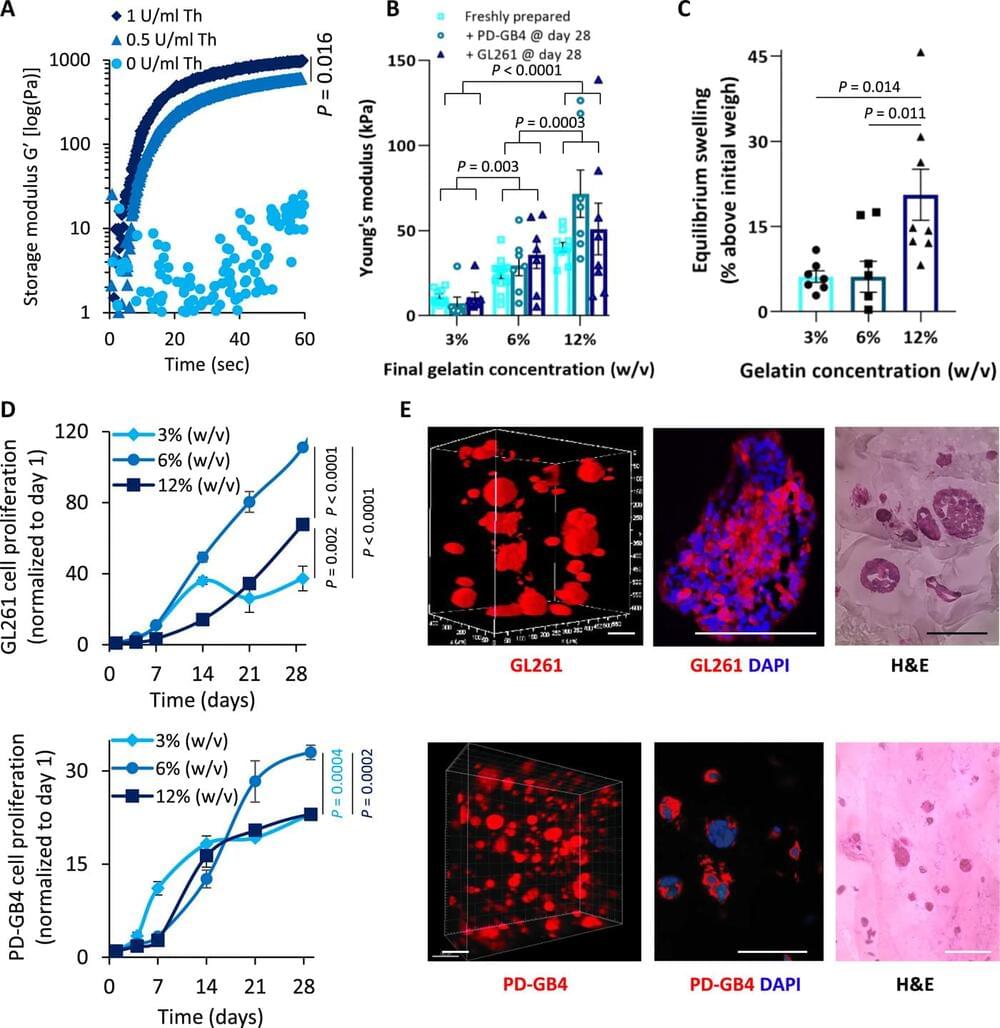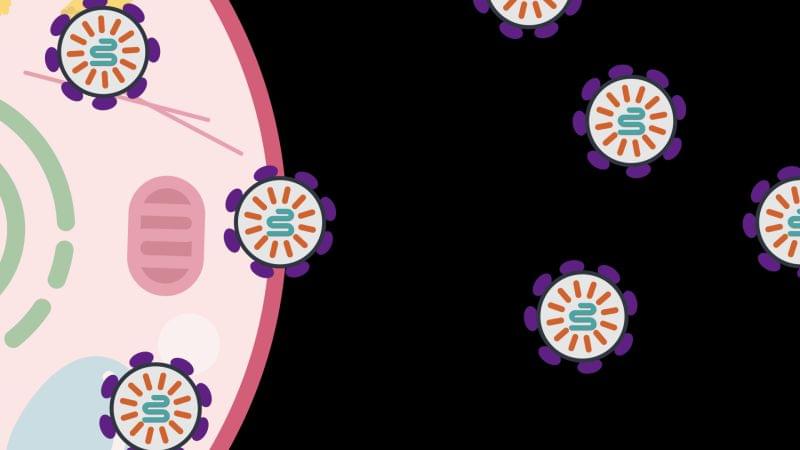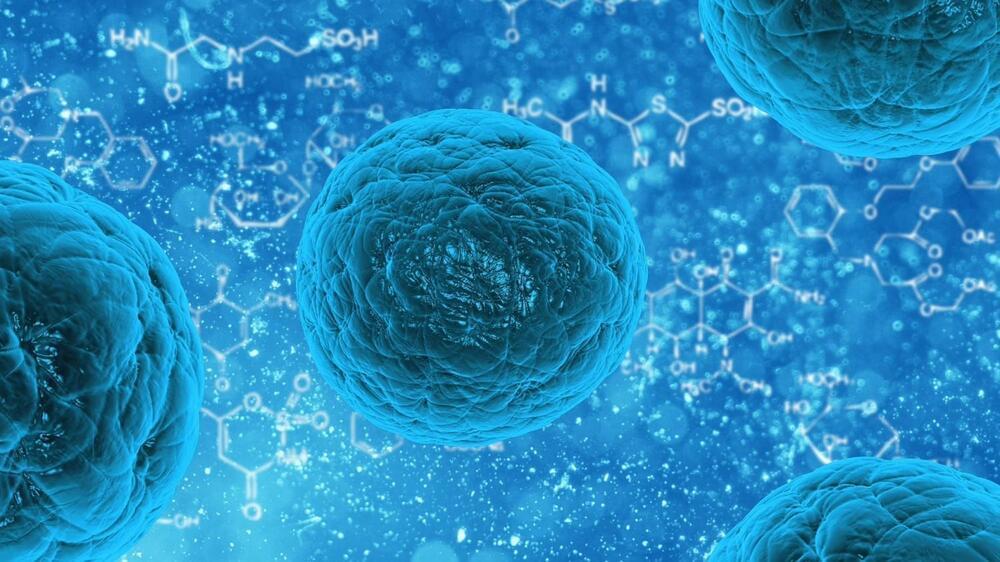China’s goal of beating the USA in the race of creating the best and smartest artificial intelligence in the world has finally come to fruition with the Wu Dao 2.0 AI model. This new NLP AI is much superior to OpenAI’s GPT-3 model which was released last year. Some of the abilities the WU Dao AI has are being able to speak multiple languages (chinese and english), being able to learn new things, write poems, do medical research and create art.
It’s unlikely that the USA will take this lying down and forfeit the AI race. They’ll likely answer with even bigger AI models very soon and then the race to Artificial Intelligence supremacy will continue with the rate of innovation increasing exponentially.
–
Every day is a day closer to the Technological Singularity. Experience Robots learning to walk & think, humans flying to Mars and us finally merging with technology itself. And as all of that happens, we at AI News cover the absolute cutting edge best technology inventions of Humanity.
If you enjoyed this video, please consider rating this video and subscribing to our channel for more frequent uploads. Thank you! smile
–
TIMESTAMPS:
00:00 A new player in the field of AI
02:01 What is an AI Language Model?
04:30 What can these AI’s actually do?
07:36 Last Words.
–
#ai #openai #wudao
